Combat has caused the internal displacement of 3.7 million people, many of whom are now surviving on the fields of (west) Darfur, with a great humanitarian crisis that made more than 800,000 flee to countries like Chad, Egypt, Ethiopia and South Sudan. Any description of the tribulations that they have had to experience, constitutes an incomplete expression of the truth.
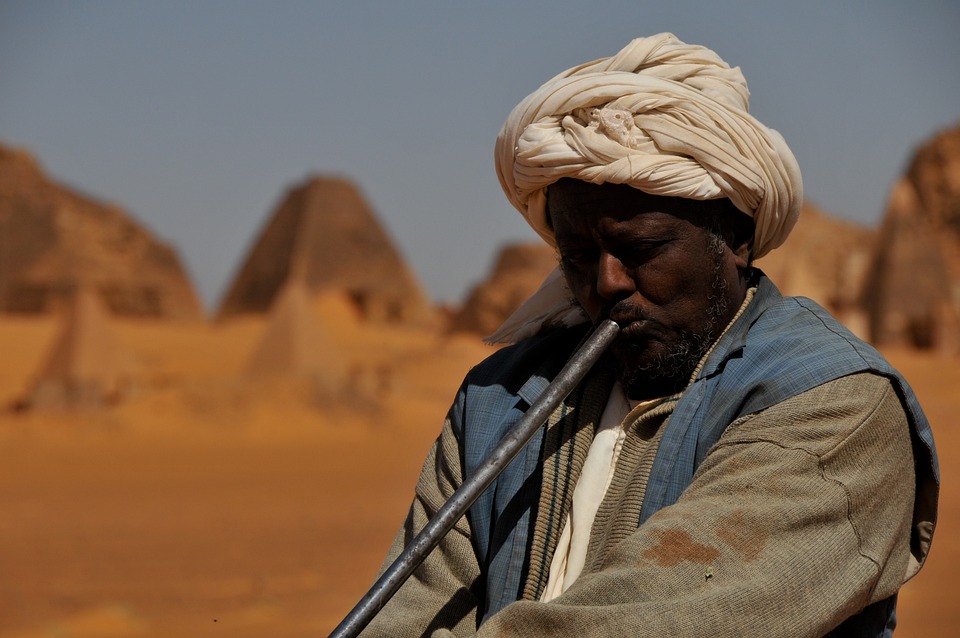 Julio Morejón Tartabull
Julio Morejón Tartabull
There are very delicate situations on the African continent that cannot withstand the strain, among them, that of the refugees.
An estimate of about 30 million of these citizens, as well as the internally displaced people and asylum seekers, live in Africa; almost a third of the population with these characteristics in the world.
For the UN, there are differences in categorising those who are in each of these three situations, which is linked with the nature of the expected humanitarian actions and with budgetary decisions to help them.
The region is the one that has taken in the most refugees, some eight million, according to data from the UN based on statistics from 2022, namely, that which does not include those people coming with this status during the Sudanese conflict which erupted last April.
These are the people who are staying outside their country for fear of persecution, conflict, general violence and other events that seriously disrupt public order and require international protection, the organisation explains.
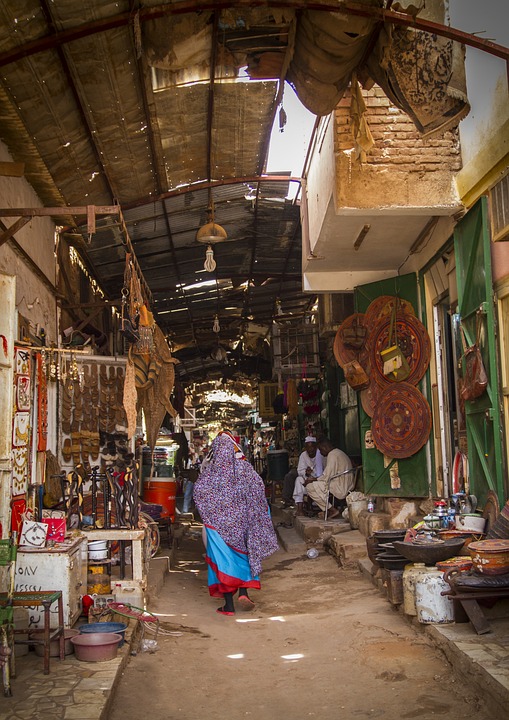 Sudan
Sudan
The armed conflict in Sudan is aggravating the tragedy of the African refugees, a fight which, if it persists, could amount to 1,100,000 people in this situation of abandonment, according to the United Nations (UN).
Victims of terrorist aggressions, immoral political manipulations, people traffickers and climate deterioration; the refugees are more than official figures, they are unprotected human beings, despite many efforts made to help them.
Until recently, the behaviour of the flows of displaced people and refugees highlighted Sudan as the African country with the largest reception figure. There was a reason: the war (2013-2018) in its neighbouring South Sudan.
Sudan came to shelter 792,000 South Sudanese people, of which half had fled from the military action in the country next door, but now this situation has changed with the war between the two members of the military machine: the Army and the Rapid Support Forces (RSF).
The figures recently issued by non-governmental organisations and branches of the United Nations based in Khartoum, the capital of Sudan, are inexact, as the daily-increasing conflict prevents exact, accurate statistics about refugees.
Today, States like Chad and the Central African Republic – mainly the latter – are the recipients of thousands of people displaced by the battle for power personified by Generals Abdel Fatah al Burhan and Mohamed Handan Dagalo.
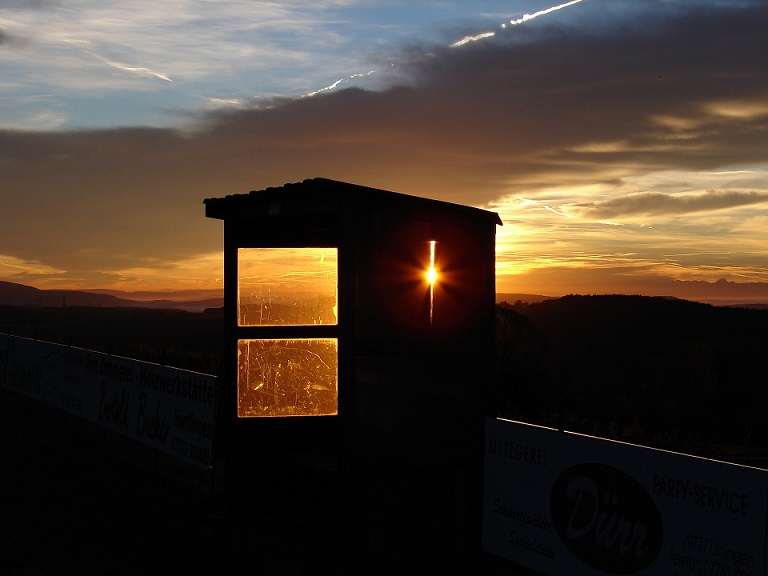 While many citizens became hostages to their interests and yearnings to command authority, the consequences of the dispute materialised with the uprooting of millions of people.
While many citizens became hostages to their interests and yearnings to command authority, the consequences of the dispute materialised with the uprooting of millions of people.
Tangled up in knots
The constant breakdowns of the ceasefires made between the Army and the RSF obstruct humanitarian assistance in the country, where the United Nations Children’s Fund (UNICEF) has identified that seven children are injured or die every hour. Such a situation primarily affects refugees and displaced people, without access to the support of rescuers, with the greatest effect on children and older adults, segments of the population identified as the most vulnerable.
The intensity of the attacks and counter-attacks taking place just between last April and May, of 200,000 refugees and another 700,000 citizens, were classified as internally displaced people.
Many specialists believe that it should motivate more effective continental political action to avoid greater problems.
Nevertheless, how far off is the end of the conflict and the threat spreading to other countries?
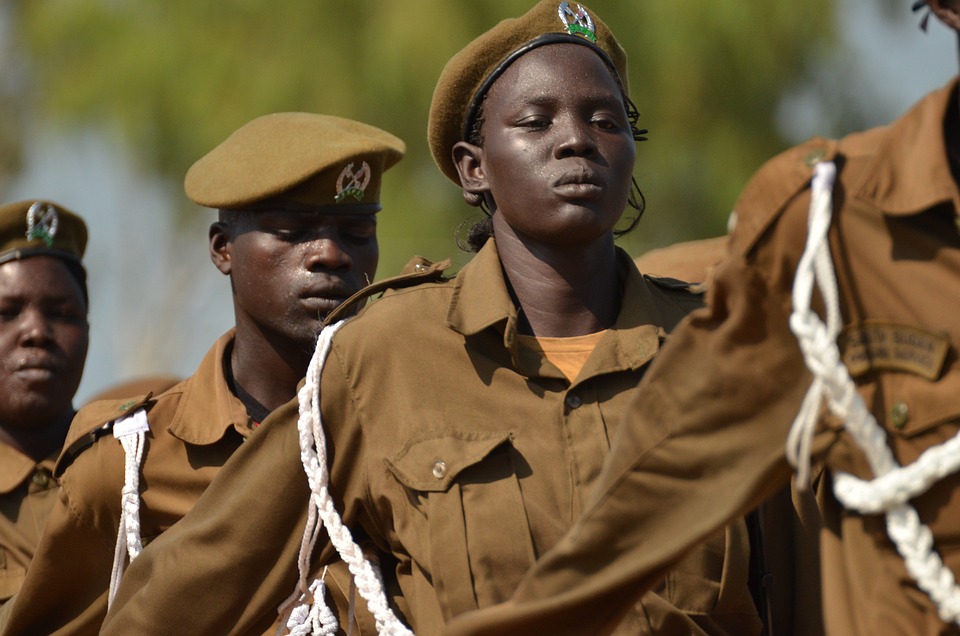 This is a difficult-to-answer question and as often happens in the war, there is more speculation than accurate insight.
This is a difficult-to-answer question and as often happens in the war, there is more speculation than accurate insight.
On more than a dozen occasions, the opponents agreed to negotiate truces that were broken time and again by an assault from one of them and so they said goodbye to the supposed opening up of safe passages.
In the Saudi city of Jeddah, “promising” conversations facilitated by the kingdom’s authorities were held, according to certified media, but no agreements flowed from this source.
A forecast issued in Geneva (Switzerland) by the United Nations High Commissioner for Refugees indicates the possibility of the number of Sudanese people in this category tragically surpassing 1,100,000 from June to November.
If the current humanitarian situation in this scenario threatens to get out of control, a disproportionate increase than that predicted would be the greatest tragedy in Eastern Africa caused by humanity, non-governmental organisations have stated.
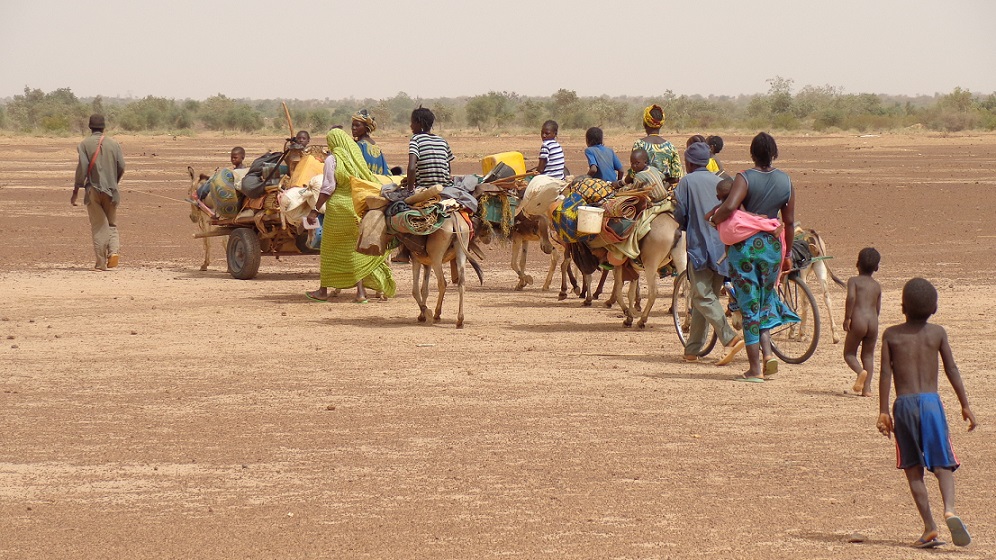 Western parodies refer to the third Sudanese civil war, but studies define it as a low-intensity conflict in which portions of power are disputed, while dodging the process of political transition in action since 2019.
Western parodies refer to the third Sudanese civil war, but studies define it as a low-intensity conflict in which portions of power are disputed, while dodging the process of political transition in action since 2019.
(Translated by Donna Davison – Email: donna_davison@hotmail.com) – Photos Pixabay












.jpg)












